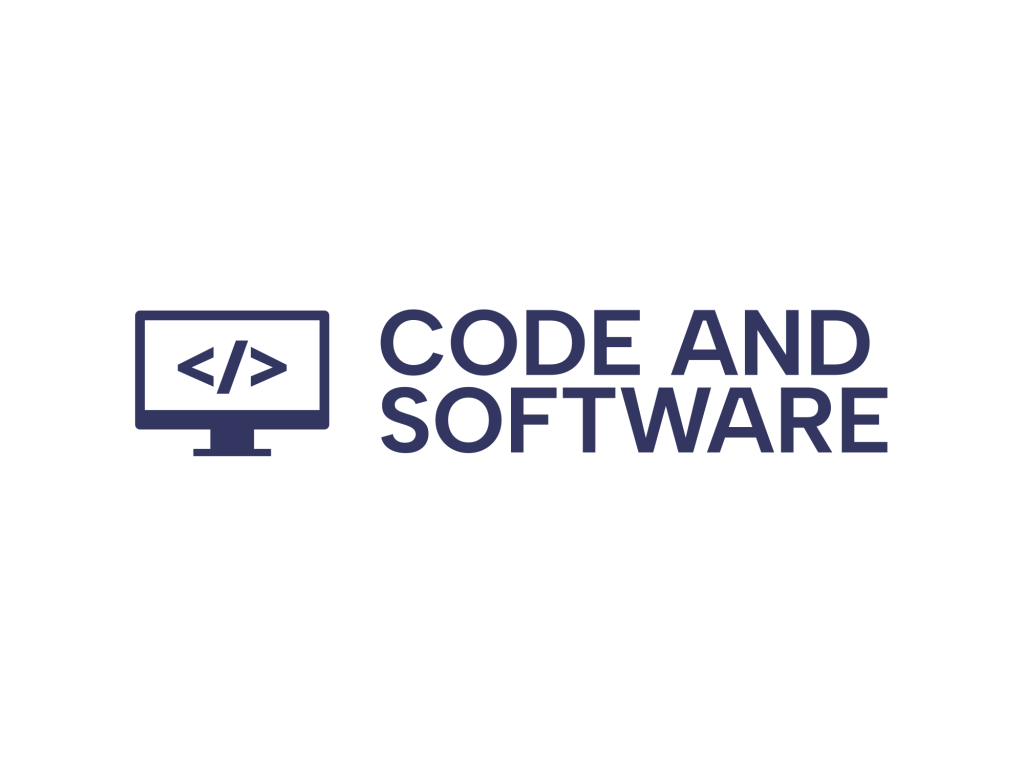As organizations increasingly depend on cloud-based solutions to streamline operations, the demand for customizable features and seamless integrations has never been higher. Leading Software-as-a-Service (SaaS) providers recognize this need and have crafted strategic approaches to handle customization and integration requests from customers. Let’s explore how the top five SaaS companies—Salesforce, Microsoft, Adobe, ServiceNow, and Workday—tackle these challenges while maintaining product scalability and feature consistency.
1. Salesforce: Apex and AppExchange at the Core
Known for its highly customizable CRM platform, Salesforce takes a developer-centric approach to customization. The backbone of its customizability lies in Apex, a proprietary programming language, and Lightning Components. For less technical users, Salesforce offers a point-and-click interface via its Flow Builder.
- Customization: Users can modify objects, fields, workflows, and even create entirely new apps without writing code.
- Integration: Salesforce enables integrations through its Robust API suite and AppExchange, a marketplace with thousands of pre-built apps and connectors.
For example, companies can integrate with third-party platforms like Slack, SAP, or Zoom in just a few clicks.

2. Microsoft: Power Platform and Azure Integration
Microsoft’s SaaS offerings—such as Microsoft 365 and Dynamics 365—are built with enterprise customization in mind. The tech giant leverages its Power Platform, which includes Power BI, Power Apps, and Power Automate, to support extensive personalization.
- Customization: Users can build custom workflows and applications using Power Apps, combined with data stored in the Microsoft Dataverse.
- Integration: Seamless connectivity with other Microsoft services like Azure, Teams, and SharePoint allows for a unified ecosystem.
Moreover, external APIs and Custom Connectors let enterprises tie in third-party services efficiently, often using minimal code, and in some cases, no code at all.
3. Adobe: Flexibility Through APIs and Adobe I/O
Adobe’s SaaS suite—especially its Creative Cloud and Experience Cloud platforms—emphasize extensibility through APIs and developer tools. At the core of its integration strategy is Adobe I/O, a cloud-based developer interface.
- Customization: Users can customize analytics views, marketing campaigns, and even interface designs using tool extensions.
- Integration: Adobe I/O offers REST APIs and events that developers can use to plug Adobe services into enterprise systems.
Custom solutions vary from automated design workflows to real-time customer insights synchronized across marketing platforms.
Image not found in postmeta
4. ServiceNow: Low-Code Innovation Through App Engine
ServiceNow is widely recognized for its IT Service Management (ITSM) capabilities, but its true strength lies in adaptability. The platform’s App Engine is a powerful tool for low-code and no-code custom development.
- Customization: Businesses can create custom applications and workflows tailored to their specific operational needs without complicated coding.
- Integration: Out-of-the-box connectors and APIs make it easy to integrate ServiceNow with other enterprise systems like Oracle, AWS, and SAP.
Additionally, ServiceNow’s IntegrationHub automates data exchange between systems, making digital transformation initiatives more attainable.
5. Workday: Tailored Experiences with Enterprise Interface Builder
Workday specializes in human capital management (HCM) and financial software, and it brings a structured yet flexible approach to customization.
- Customization: Workday allows clients to personalize dashboards and reports using its Enterprise Interface Builder (EIB) and calculated fields.
- Integration: Workday supports integrations via Workday Studio, an Integrated Development Environment (IDE), and pre-built connectors.
Its Workday Cloud Platform also lets customers create custom apps that operate within the Workday ecosystem securely.
Conclusion
Today’s top SaaS companies understand that flexibility and connectivity can strongly influence their platform’s adoption and customer loyalty. From developer platforms and pre-built APIs to low-code environments and robust marketplaces, these companies deliver tailor-made experiences without compromising scalability or performance.
The future looks even more promising with advancements like AI-driven customization and predictive integration recommendations leading the charge. For businesses investing in SaaS solutions, the customization capabilities of a platform should be as critical a consideration as its core functionality.


Leave a Reply